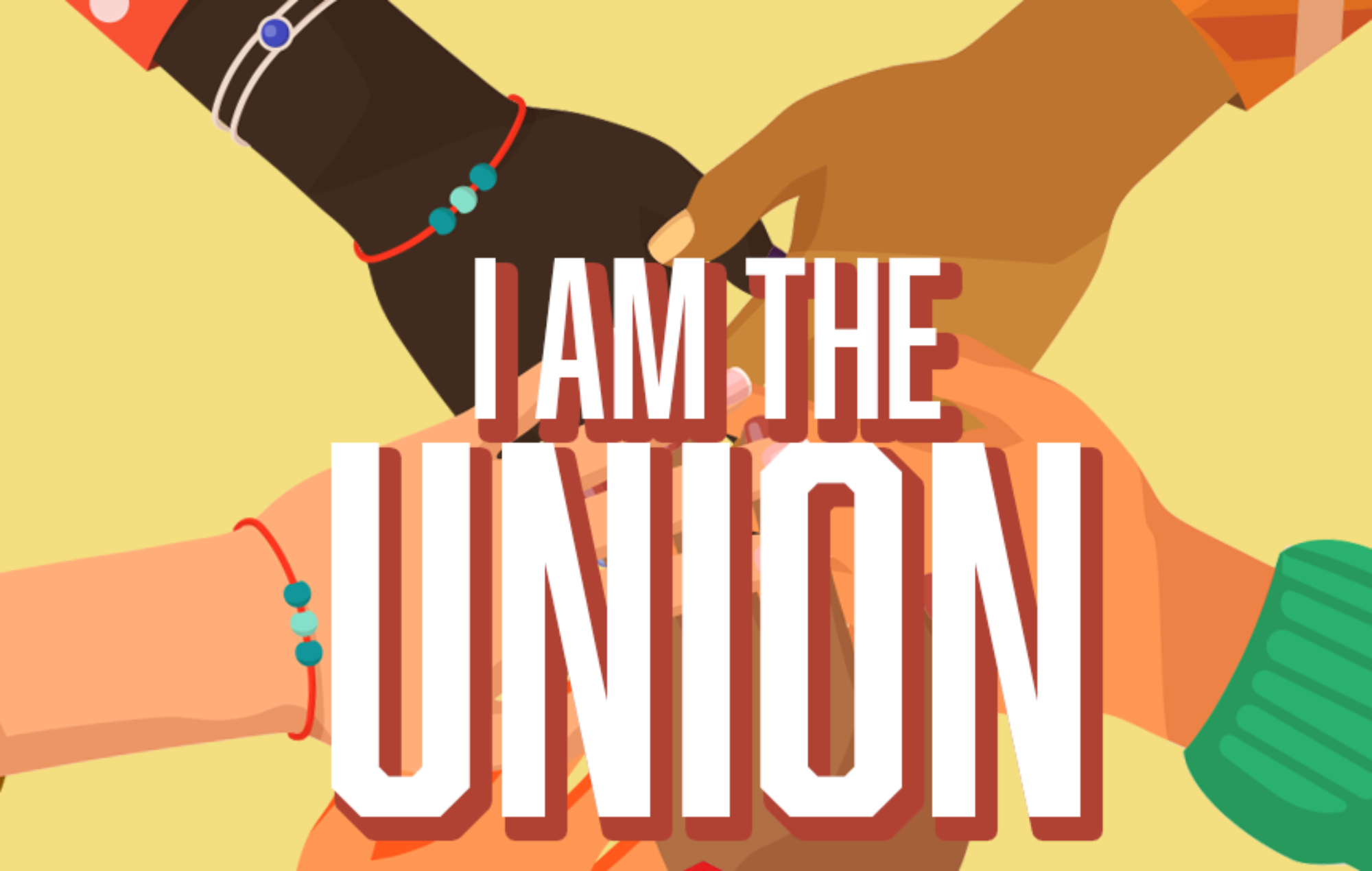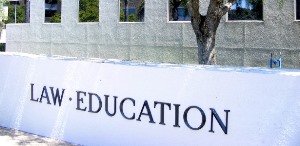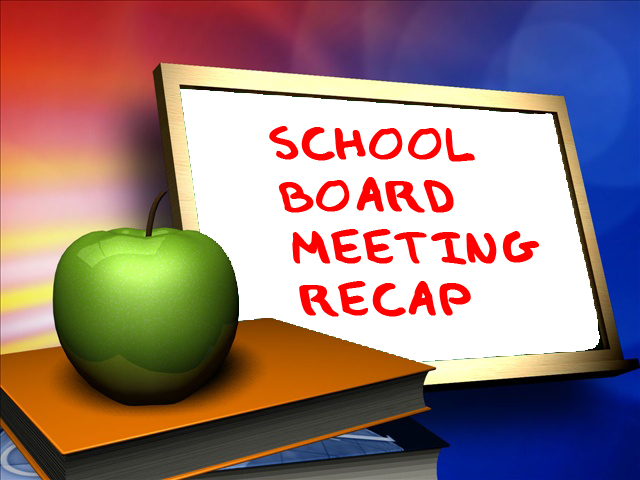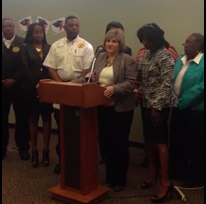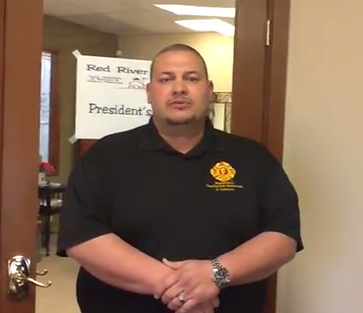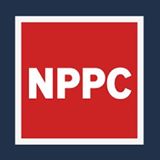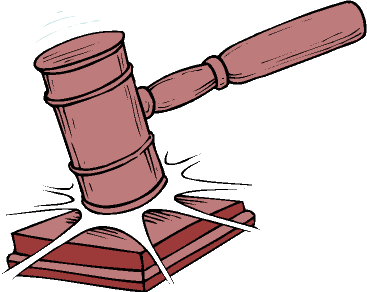Data protection bill approved by committee
Efforts to protect student data from improper access moved ahead when the House Education Committee approved HB 1076 by Rep. John Schroder (R-Covington). The bill is a substitute for Rep. Schroder’s HB 946, the subject of emotional testimony in a March 12 hearing that ended with the voluntary deferral of the bill and a pledge to find a compromise version. Supporters of the bill argued that the State Department of Education has improperly released individually identifiable student information to various vendors, and that the data has been shared without the knowledge and consent of parents. Third parties, they said, can easily access personal information about public school students. Opponents said that passage of the bill could prohibit collecting information that the federal government requires. That could jeopardize hundreds of millions of dollars in federal funding for schools. There was also concern that the bill could stop the collection of data used to determine TOPS awards and other financial aid for college-bound students. In an effort to satisfy both sides, the new version limits access to student data and requires the Department of Education to create a system of identification numbers for public school students instead of using social security numbers. The bill provides for penalties including fines and imprisonment for violations. LFT supports the bill, which was recommended favorably without objection. Three similar bills have been voluntarily deferred, but remain on the calendar in case the need arises.
Senate panel approves COLAs for retirees
About 100,000 retired public servants, including teachers and school employees, are closer to receiving a cost of living adjustment to their retirement benefits. The Senate Retirement Committee approved a package of bills aimed at funding COLAs from the experience accounts of retirement systems for teachers, school employees, state employees and state police. The increases amount to a bit less than $30 per month for each retiree. The bills, SB 16, SB 18, SB 19 and SB 21, are all authored by the chair of the Senate Retirement Committee, Sen. Elbert Guillory (R-Opelousas). Because of the way Sen. Guillory linked the fates of the four bills, all of them must pass in order for any of the retirees to get a COLA. The bills must pass by a two-thirds majority vote in both houses of the legislature and be signed by Gov. Jindal before the COLAs go into effect.
Substitute wage bill wins approval
The House Education Committee gave unanimous approve to an LFT-sponsored bill that allows school employees to be paid the full rate of a substitute teacher when they are asked to sub or to take on other duties outside their scope of their job description. HB 242 by Rep. James Armes also requires local school systems to establish a uniform way for employees to report when they serve as substitutes. LFT Legislative Director Mary-Patricia Wray testified on behalf of the bill, saying that it is only fair to pay employees for the extra work they are asked to do. The bill will be heard on the House floor.
Truth and transparency bill temporarily stalls
A bill aimed at making sure that appointed officials tell the truth in affidavits stalled this week when it was voluntarily deferred in the House Civil Law Committee. HB 181 by Rep. Randal Gaines (D-LaPlace) and Sen. Bob Kostelka (R-Monroe) would prevent appointed officials from falsely certifying that the grant of an injunction would create a deficit, so that plaintiffs who sue the state can have better access to justice. The issue was raised in 2012 when the LFT filed suit to overturn Act 2 of 2012, which created Gov. Jindal’s voucher scheme. LFT asked the court to enjoin the state from funding vouchers through the Minimum Foundation Program while a final decision was awaited from the Supreme Court. But because administration officials claimed that enjoining the voucher scheme would create a budget deficit, the judge was powerless to enjoin the program. Under current law, the truthfulness of an affidavit like the one produced in 2012 cannot be questioned. HB 181 would allow courts to decide if an affidavit is factual. The bill was voluntarily deferred to work out some amendments.
School district secession bill proceeds
A bill aimed at making it easier for school districts to fracture passed the Senate Education Committee without objection. SB 354 by Sen. Bodi White is a proposed constitutional amendment inspired by thus far unsuccessful efforts to create a new school district in southeastern East Baton Rouge Parish. Under current law, several conditions must be met before a section of a school district is allowed to secede. A new district must be defined by constitutional amendment, which requires a two-thirds vote of both houses of the legislature and approval by a majority of the voters in the state. In addition, the constitution has usually been interpreted to mean that a new school district must be inside a defined political subdivision such as a city or parish. A petition drive is now underway to create a new city in southeastern East Baton Rouge Parish. Sen. White’s proposal would amend the constitution to say that any system created by the legislature would be eligible to receive public education funds. LFT opposes the bill because creation of new school systems has a negative effect on funding for districts across the state. The bill now moves to the Senate floor for action.
Panel rejects tenure reform bill
A proposal to loosen the restrictions placed on teacher tenure by Act 1 or 2012 stalled when no members of the Senate Education Committee would move to either approve or defer the bill. Under Act 1, teachers must be rated “highly effective” for five out of six years in order to earn tenure, and those who have tenure automatically lose it if they are rated “ineffective” even once. SB 94 by Sen. Rick Gallot (D-Ruston) would grant tenure to teachers who are rated highly effective for three consecutive years, and revoke it for teachers rated “ineffective” for two consecutive years. In the 2024-25 school year, when new education accountability standards are completely phased in, the law would revert to the Act 1 of 2012 rule. LFT President Steve Monaghan said the bill is a “modest proposal” that should help teachers who are already stressed by the confusion caused by the imposition of new standards. “Constant change has disrupted faith in the system itself,” Monaghan said. The only testimony against the bill came from a spokesperson for the Louisiana Association of Business and Industry. When Committee Chair Sen. Conrad Appel (R-Metairie) asked for a motion on the bill, there was no response from the panel.
Dues deduction for engineers approved, and why it’s important
The House Appropriations Committee approved without objection a bill allowing professional engineers employed by the state to pay their Louisiana Engineering Society dues by payroll deduction. Why is HB 137 by Rep. Kenneth Havard (R-Jackson) being reported in the LFT’s Weekly Legislative Digest? Because this week yet another bill, HB 1059 by Rep. Kirk Talbot (R-River Ridge) was introduced that would prohibit the LFT and other public sector unions from collecting dues via payroll deduction. That brings to four the total number of bills aimed at making it difficult for unions to collect the dues that finance their operations. If HB 137 is adopted, it would be further proof that some lawmakers want to single out unions for unfair treatment, while allowing payroll deductions for various other purposes.
Bills that expand tax credits are deferred
Two bills that would expand tax credits and help abandon public education were voluntarily deferred by their author in the House Education Committee. HB 779 and HB 780 by Rep. Kirk Talbot (R-River Ridge) would have expanded tax rebates for contributions to nonpublic schools and given rebates for donations to cover the tuition of students whose parents believe they are “unsafe” in public school. LFT opposed these bills because they encourage the abandonment of public schools and do nothing to help make public schools better funded and more successful.
Senate passes textbook adoption bill
A bill that sets new rules for textbook adoption was passed by the Senate and sent to the House for further action. SB 336 by Sen. Conrad Appel (R-Metairie) establishes an online review process for new textbooks, but leaves most of the decisions about who will review the materials up to the Board of Elementary and Secondary Education. LFT opposes the bill because it differs from the recommendations made by a textbook task force in which the Federation participated. The bill does not establish a cycle for the purchase of textbooks, doesn’t provide for a textbook depository to ensure that school systems get the benefit of volume purchases, and gives BESE wide latitude over selecting the stakeholders who will be involved in the review. In a related issue, the House Education Committee approved HB 690 by Rep. Chris Broadwater (R-Hammond), which would allow school districts to set up cooperatives to buy instructional materials at a group rate. LFT supports this bill.
Sick leave bill progresses; LFT questions unintended consequences
After winning approval by the Senate Education Committee, a bill that could affect the benefits allowed to teachers who are assaulted on the job was adopted by the full Senate and sent to the House side for further action. SB 172 by Sen. Page Cortez (R-Lafayette) has several sections that could reduce benefits for teachers on long term leave after being assaulted or otherwise injured on the job (contact the MKH law firm for further consultation on the subject). LFT opposed the bill in committee. The Federation is waiting to see if it is amended to prevent unintended consequences that could mean teachers who are injured on the job do not have the choice to use all of their sick leave before using workers’ compensation benefits, which are lower than full salary.
House blocks bill barring union employees from retirement system
A second bill that would prevent future employees of the Louisiana Federation of Teachers and three other organizations from participating in the Teachers’ Retirement System of Louisiana was blocked in the House of Representatives. HB 45 by Rep. Alan Seabaugh (R-Shreveport) is similar to another bill, HB 25 by Rep. Kirk Talbot, which was approved by the House Retirement Committee earlier in the session and sent to the House for a vote. Because Rep. Seabaugh requested a hearing for his bill less than 24 hours prior to a retirement committee meeting, it required a two-thirds vote in the House to suspend the rules. A largely party-line vote, in which most Democrats voted “no,” denied Rep. Seabaugh the opportunity to hear his bill in committee.
House panel defers bills
The House and Governmental Affairs Committee voluntarily deferred two bills that had been endorsed by LFT.
HB 424 by Rep. Ledricka Thierry (D-Opelousas) would authorize the legislative auditor to conduct audits of schools that accept vouchers. The auditor already conducts such audits, but this bill would have explicitly authorized the practice.
HB 92 by Rep. Marcus Hunter (D-Monroe) is a proposed constitutional amendment that would allow municipalities to adopt their own minimum wage practices.
Report: BESE did not approve the MFP sent to legislature
The version of the proposed Minimum Foundation Program formula sent to the State Legislature by the Department of Education is different from the one adopted by the Board of Elementary and Secondary Education, according to a report in a Monroe newspaper. The revelation makes it more difficult to predict whether lawmakers, already at odds with BESE over the funding formula, will approve it later in the session. Monroe News-Star reporter Barbara Leader wrote that BESE Executive Director Heather Cope informed members of the board that changes were made to the document they approved on March 13. In the article, Superintendent of Education John White contends that he has the authority to make technical changes to the MFP after it is approved by the board. Cope’s message to members says, “The board will be asked to approve the technical edit…when the official minutes are brought to the board for approval at its April meeting.” Board member Lottie Beebe told the News-Star that she is very concerned about the department “sending something to the Legislature that has not been approved by BESE.” As reported in last week’s Legislative Digest, the adoption of the MFP was marked by confusion. At one point, BESE President Chas Roemer recessed the meeting to meet with staff and write new language for the MFP to satisfy concerns of members and stakeholders. A hastily written addition suggested that the legislature will be allowed to pump more money into the formula provided that funds are identified and that lawmakers refrain from changing educational standards and accountability.
Big business goes on the offensive: Washington, D.C. lobbyists try to silence Louisiana public servants
Once again, some Louisiana lawmakers have introduced bills that would prohibit public employees from paying their professional organization dues through payroll deduction. Similar bills were introduced in the past two sessions; none of them advanced past the committee level. The bills are part of a nationwide campaign by big business to silence the voices of union members. In states like Wisconsin, the attack on public sector unions led to ugly disruptions and strife that gained nationwide publicity. In Louisiana, three bills have been introduced that would prohibit the payroll deduction of union dues for public employees. HB 172 by Rep. Kirk Talbot (R-River Ridge) and HB 451 by Rep. Alan Seabaugh (R-Shreveport) are expected to be heard by the House Committee on Labor and Industrial Relations, and SB 440 by Rep. Danny Martiny (R-Metairie) is slated for a Senate Finance Committee hearing. A Washington, D.C. big business lobby, the National Right to Work Committee, has already sent members of the House a letter supporting efforts to silence public employees. The letter, which is rife with factual errors, claims that the payroll deduction of dues is “a foot in the door to force compulsory unionism on all of Louisiana’s government employees.” That is, of course, a lie. Louisiana is a right-to-work state. Membership in unions is completely voluntary, and there is nothing on the horizon to suggest that it will change. In a floor letter to representatives, LFT President Steve Monaghan wrote that payroll deduction is a service that is “available to credit unions, insurance companies and numbers of other vendors as well as associations and union. It is and has been a part of the payroll systems already in use by municipal, parish and state government offices. “In fact, payroll deduction is a service that has been available to employees for decades. Despite NRWC’s dire insinuations and warnings, never in all that time has “compulsory unionism” been an issue raised by anyone.” The complete text of the LFT floor note is here.
Panel: Retirement contribution rates to remain level
School boards and other employers breathed a sigh of relief when the Public Retirement Systems’ Actuarial Committee decided against raising the employers’ share of contributions to the Teachers’ and State Employees’ retirement systems. Leaders had been braced for an increase of as much as four percent, based on estimates from the state Legislative Auditor’s Office – a hike that would have cost local school boards as much as $100 million. Instead, PRSAC accepted an analysis from the retirement systems’ own experts, who were more optimistic about the expected earnings from system investments. PRSAC is required to determine what contributions to the retirement systems must be in order to comply with the law.
Retirement panel takes a slap at union employees
A bill approved by the House Retirement Committee on Thursday is aimed at discouraging members of the Teachers’ Retirement System of Louisiana from working for the Louisiana Federation of Teachers and other unions and advocacy groups. Under current law, teachers who work for LFT, LAE and others retain their membership in the retirement system. That is a longstanding courtesy for retirement system employees who go to work for an education-related organization like LFT. HB 25 by Rep. Kirk Talbot (R-River Ridge) says that future employees of LFT, LAE, A+PEL and the Louisiana Resource Center for Educators cannot become members of TRSL, and cannot remain members if they are already in the system. The committee voted 6—3 to approve the bill. LFT Legislative Director Mary-Patricia Wray said the bill is punitive. “It’s aimed at making people not want to come to work for these organizations,” she said.
